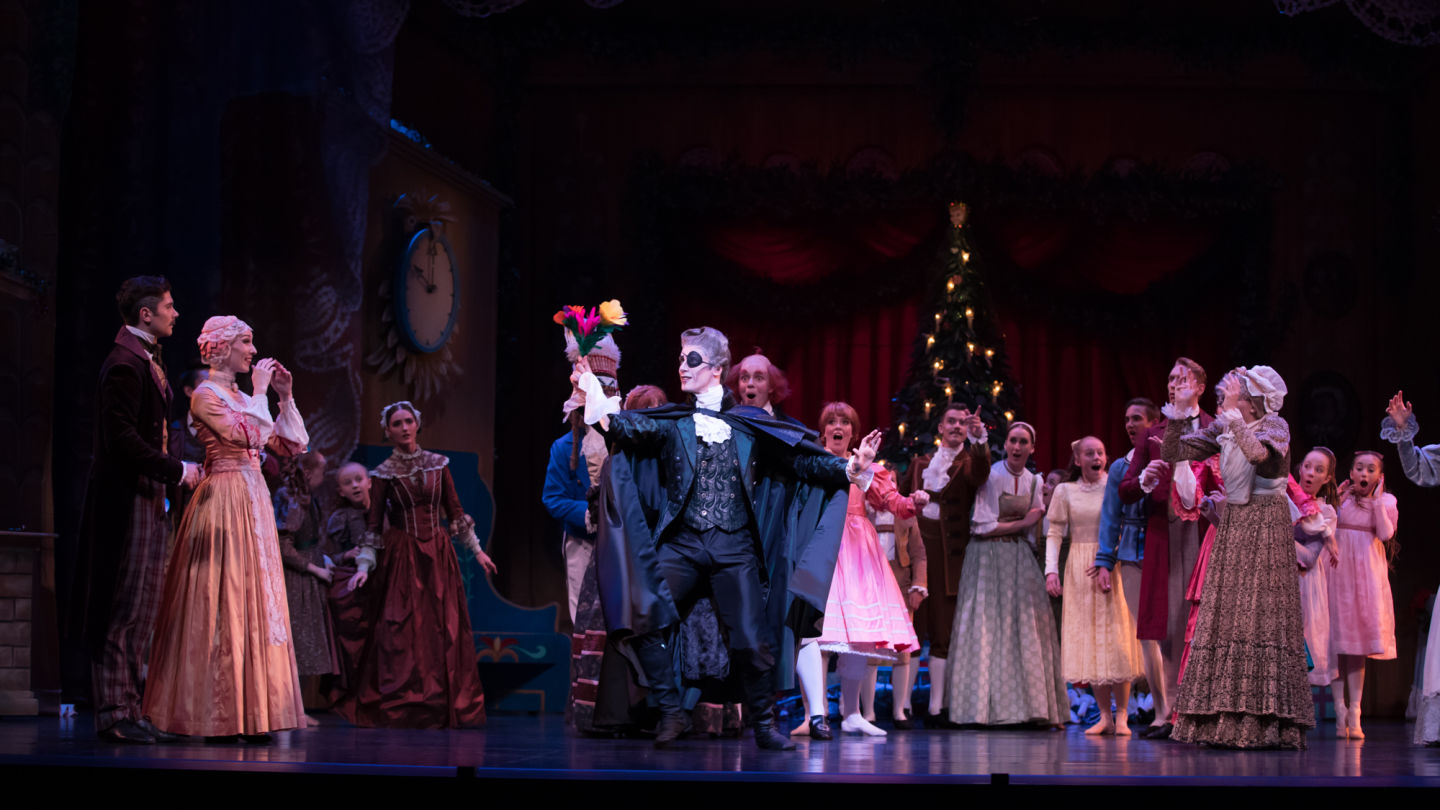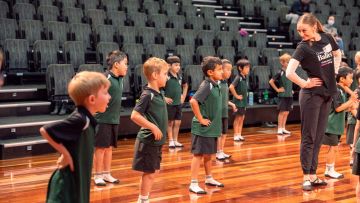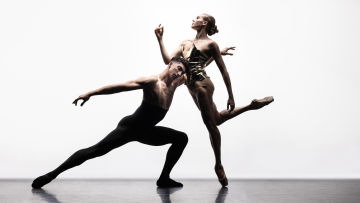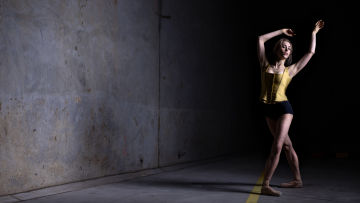The Art of Wig Making with Michael Green

Wig-making is an intricate and highly skilled art form used in nearly every show produced by the Queensland Ballet, transforming our dancers into the characters from our favourite stories. From elegant powdered wigs reminiscent of the 18th century epoch, to the disheveled red locks of Peter Pan; each and every strand of hair is meticulously planned, designed and created by Queensland Ballet Wig Master, Michael Green.
The art of wig-making dates back centuries as a sign of affluence, from Ancient Egyptians to Kings and Queens of western civilisation. Michael began his career as a hairdresser 40-years ago and taught at the June Dally Watkins model agency and deportment school. It was here that Michael’s passion for the art of hair flourished, working with magazines including Vogue, Harper’s Bazaar and Dolly, and begun an apprenticeship as a wig-maker. In the last 30-years, Michael has worked among some of Queensland’s best arts and theatre organisations, helping bring characters to life through intricate and detailed hair pieces.
“My first big theatre production was with the Queensland Theatre, and from there I was asked to join Opera Queensland as head of their wig department,” says Michael.
Michael is responsible for creating the wigs of every character, and although not every ballet dancer requires a pompadour wig adorned with ribbons, jewels and feathers, the majority of characters require some form of head piece or facial hair to complete their look.
Just like every other element in the process of creating a production, Michael’s work commences with research. The storylines of ballet often reference certain periods of history and so the hair, makeup and costuming must adhere to that particular era of time.
So what exactly does the art of wig-making involve?
Michael says it begins meeting with the designer and “discussing all the important details, from budget to style.”
“I take head measurements of the dancers and begin sourcing and dying either human or synthetic hair to achieve the desired result,” says Michael.
Moulds of the dancer’s heads are created by wrapping several layers of glad wrap and tape around the head, replicating the same natural hairline.
“Then starts the fittings with the dancers. During the fittings I make sure the wigs fit and the colour is cohesive with the costumes and production design.
“A pattern is then cut and the hair knotted one or two hairs at a time onto a fine lace head foundation,” he concluded.
The entire process can take up to three weeks, or if working with longer hair, five weeks.
The hair used in the wigs is dependent on the look required. For example, a natural wig is usually made from human hair, while more intricate styles or fantasy looks are created from synthetic hairs.
The next part, known as the setting and styling, is where the artistry really begins. Although the process of styling wig hair is similar to styling human hair, it’s not every day you get to create towering tresses of golden curls, or the hair of a wickedly mad scientist, but it is a profession Michael does every day, and loves to do.
“My favourite Queensland Ballet production to work on was La Bayadere, it was such a spectacular production on every level!” says Michael.
“There was an array of facial hair created for the many different characters. Each piece had to be researched to be true to what rank or position the character held. The research involved in creating a production is definitely one of my favourite parts of my job,” he added.
Although the Queensland Ballet dancers are back in studio, the remainder of Queensland Ballet’s staff continue to work remotely, ensuring the magic of ballet prevails through this uncertain time. Despite having the time at home to restore and remake some tired wigs and facial hair, Michael can’t wait to return to the studios and get creative for next year’s much anticipated season.
To help Queensland Ballet keep the magic alive, head to https://www.charidy.com/keepthemagicalive
#Related

Media - Press Releases
Queensland Ballet Education Programs 2026 Learning through Dance

Media - Articles
2025 Wrap Up

Media - Press Releases
